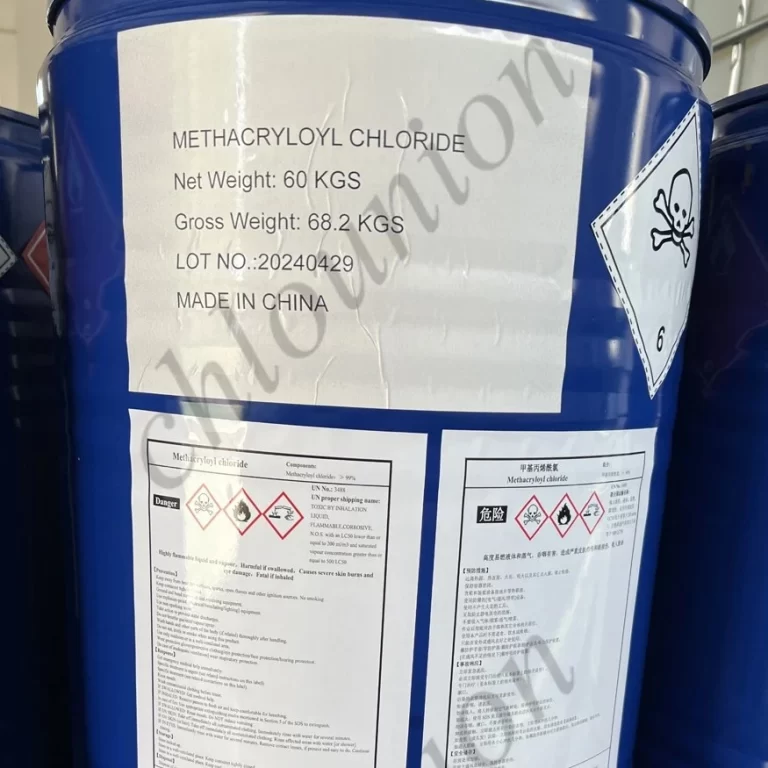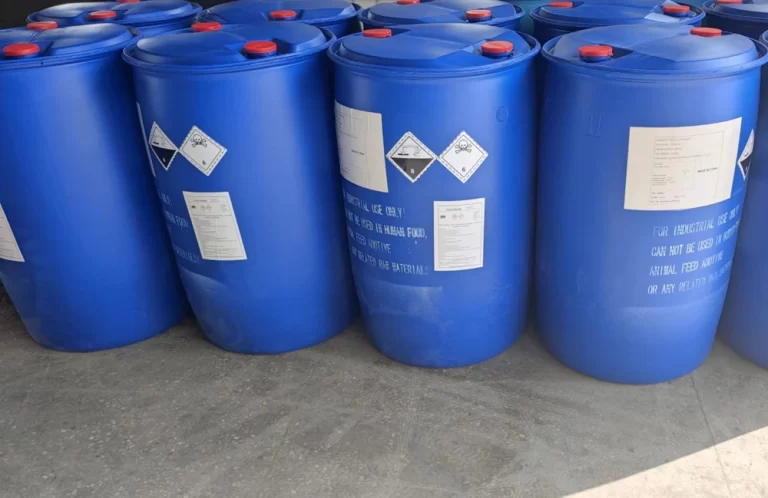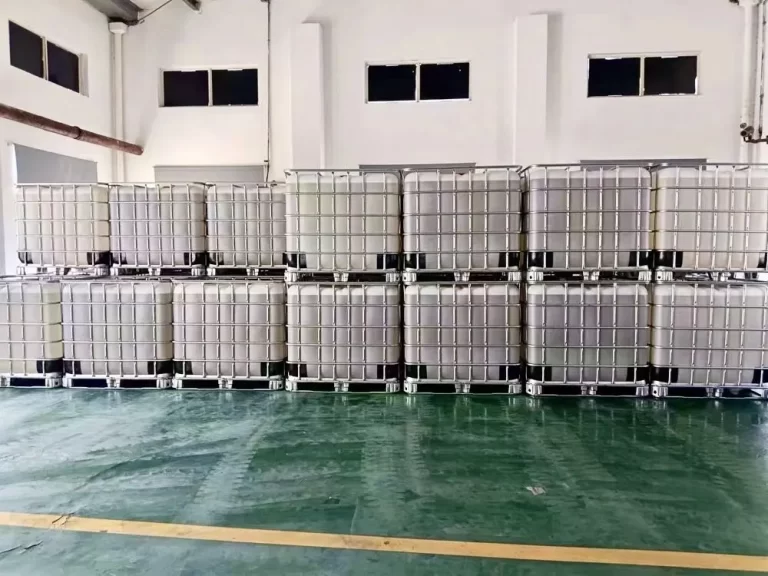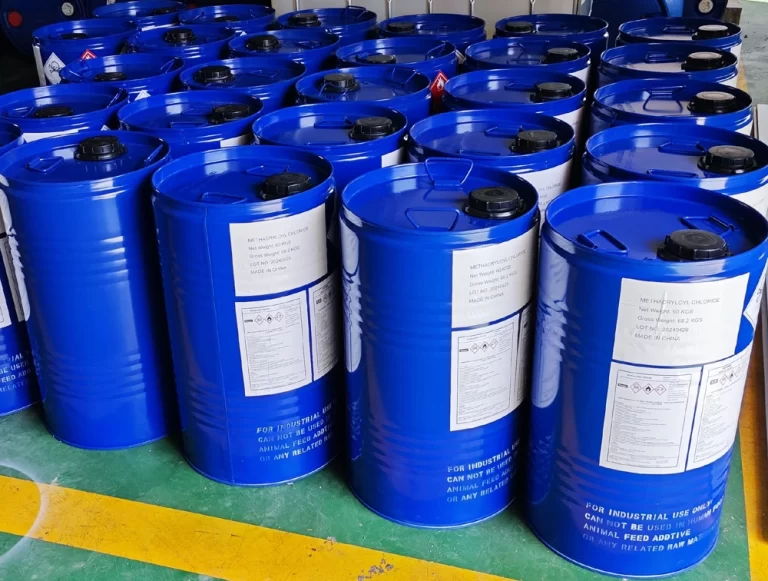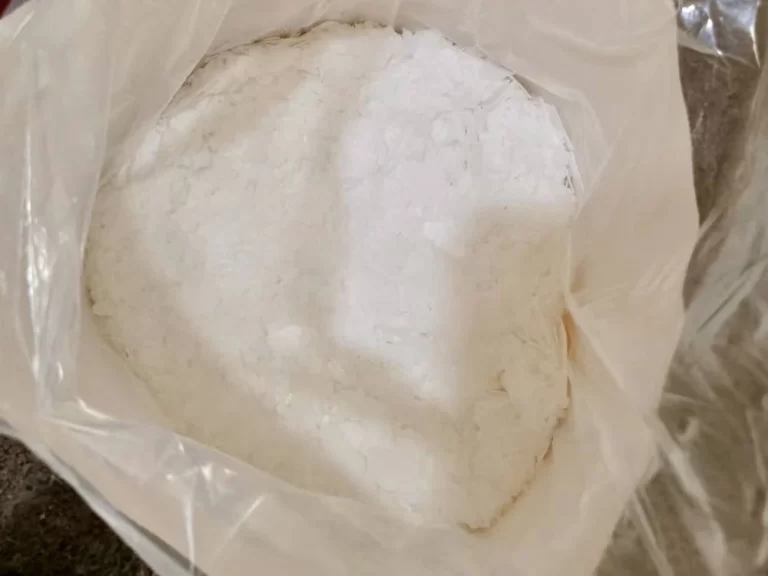1. From Benzene, Chlorine Gas, Benzoic Acid to Benzoyl Chloride(98-88-4): The Fascinating Journey of One Chemical Compound
Benzene, chlorine gas, and benzoic acid are all organic compounds commonly used in various industries. Benzene is a colorless, highly flammable liquid with a sweet odor, often used as a solvent. Chlorine gas is a yellow-green gas that is highly reactive. Benzoic acid is a white crystalline powder with a slight odor. Benzoyl chloride Cas No.:98-88-4 on the other hand, is an organic compound used in the synthesis of various chemicals, such as dyes, perfumes, and pharmaceuticals. It is a colorless liquid with a strong, irritating odor and can cause severe burns on contact with skin or eyes.
The conversion of benzene to benzoyl chloride involves two reactions. The first reaction is benzene with chlorine gas to form chlorobenzene. The second reaction is chlorobenzene with benzoic acid to form benzoyl chloride. We use this reaction in the chemical industry to produce benzoyl chloride on a large scale.
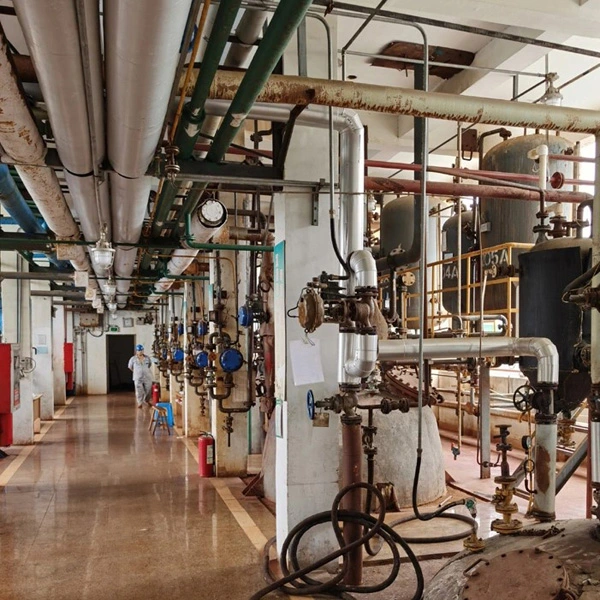
2.The Many Uses of Benzoyl Chloride(98-88-4) in Modern Industry
Benzoyl chloride is a highly versatile chemical that finds extensive use in modern industry. We can use it in the manufacturing of a wide range of products, including dyes, pharmaceuticals, and agrochemicals. And also use it as the main raw material for benzoyl peroxide production. Further more, we can use it as a key intermediate in the production of various chemicals such as benzamide and benzyl alcohol. Additionally, we can use it as a chemical reagent in organic synthesis for the production of plastics, resins, and rubber. The numerous uses of benzoyl chloride make it an important chemical in modern industry.
3.The Environmental Impacts of Benzoyl Chloride Production and Disposal
Benzoyl chloride production and disposal can have significant environmental impacts. The production process involves the use of toxic chemicals and can result in the release of hazardous waste into the air and water. Disposal of benzoyl chloride waste also poses a risk to the environment, as it can contaminate soil, water, and wildlife. It is important for companies to implement proper safety measures and waste management practices to minimize the environmental impact of benzoyl chloride production and disposal.
4.The Future of Benzoyl Chloride: Innovations and Advances in Production Techniques.
Researchers and manufacturers are constantly looking for new and innovative ways to produce this essential compound. From new production techniques to more sustainable and environmentally friendly processes, the future of benzoyl chloride looks bright. One area of innovation is in the development of new catalysts. We try to find new catalysts to improve the efficiency and selectivity of the production process. These catalysts can help to reduce waste and improve yields, making it easier and more cost-effective to produce benzoyl chloride on a large scale. Another area of focus is on the development of more sustainable and environmentally friendly production processes. Overall, the future of benzoyl chloride looks bright, with many exciting innovations and advances on the horizon. By continuing to invest in new technologies and processes, manufacturers can ensure that we can produce this essential compound in a way that is safe, efficient, and sustainable for generations to come.
5. Conclusion
In conclusion, benzoyl chloride is a highly versatile chemical used in a wide range of industries. Its production and disposal can have significant environmental impacts. So innovations and advances in production techniques are helping to minimize these impacts and ensure that benzoyl chloride is produced in a safe, efficient, and sustainable manner. As the demand for this essential compound continues to grow, researchers and manufacturers will undoubtedly continue to explore new and innovative ways to produce benzoyl chloride for generations to come.
For more Benzoyl chloride information please visit product details

